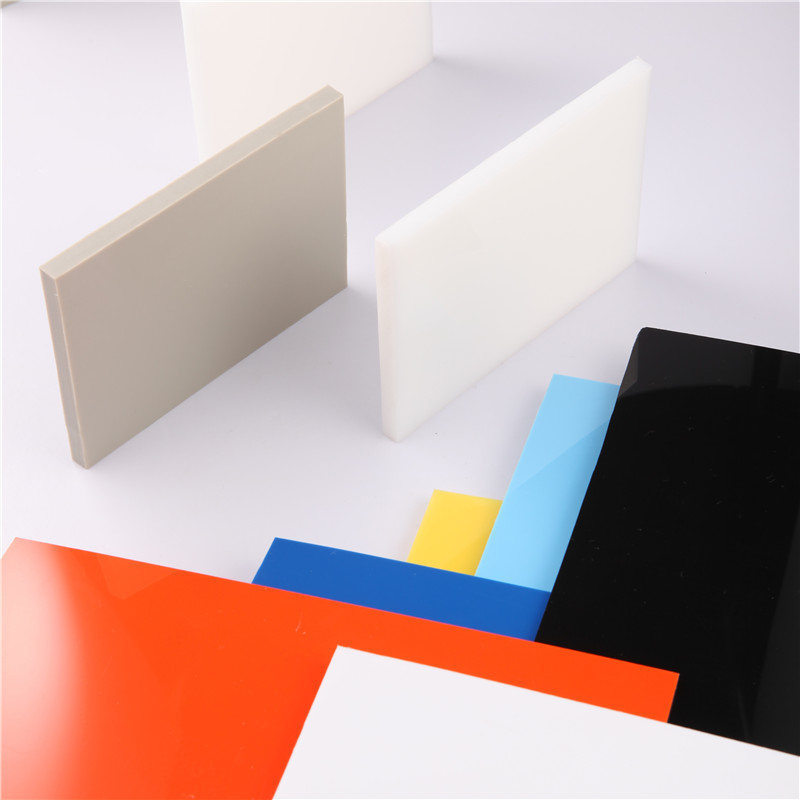Nov . 19, 2024 13:42 Back to list
Cost Analysis of HDPE Pipe and Its Impact on Project Budgets
The Cost of HDPE Pipe Factors and Considerations
High-Density Polyethylene (HDPE) pipes have gained significant popularity in various industries due to their excellent strength-to-weight ratio, corrosion resistance, and versatility. As infrastructure needs increase globally, understanding the cost of HDPE pipes becomes crucial for project planners, engineers, and procurement professionals. This article delves into the factors influencing HDPE pipe costs, potential applications, and the economic advantages of this material.
Understanding HDPE Pipe Costs
The cost of HDPE pipes can vary significantly based on several factors
1. Material and Manufacturing The primary component of HDPE pipes is high-density polyethylene, which is sourced from petroleum. The price of crude oil can directly impact the cost of HDPE due to fluctuations in raw material prices. Additionally, manufacturing techniques, including extrusion and molding, play a critical role in determining costs. Advanced manufacturing processes may incur higher costs but lead to better quality and durability.
2. Pipe Specifications HDPE pipes come in various sizes, diameters, and pressure ratings. Larger diameter pipes typically cost more due to the amount of material used and the complexity of manufacturing. Pipes with higher pressure ratings can also be more expensive because they require a thicker wall to withstand the increased internal pressure.
3. Additional Features HDPE pipes may come with additional features such as co-extrusion, which enhances chemical resistance or UV protection, which may increase costs. Furthermore, special fittings, joints, and accessories needed for installation can influence overall expenses.
4. Market Demand and Supply Chain The national and global demand for HDPE pipes can fluctuate, affecting prices. Economic conditions, natural disasters, and geopolitical issues can disrupt supply chains, leading to price variations. When demand outpaces supply, costs can rise significantly.
5. Installation Costs While HDPE pipes themselves can be cost-effective, installation costs need consideration. Factors affecting installation costs include labor rates, equipment requirements, and the complexity of the project site. Trenchless installation methods, such as horizontal directional drilling, can be more expensive upfront but can save money in the long run due to reduced disruption and faster installation.
hdpe pipe cost

Economic Advantages of HDPE Pipes
Despite initial costs, HDPE pipes offer several economic advantages that can make them a more cost-effective choice over time
1. Longevity and Durability HDPE pipes boast a lifespan of over 50 years, significantly reducing the need for replacements or repairs. Their resistance to corrosion and various chemicals means lower maintenance costs and less frequent replacements, ultimately saving money over the long term.
2. Reduced Energy Costs HDPE pipes are lightweight, which minimizes transportation costs and makes them easier to handle and install. Their smooth interior walls reduce friction losses, resulting in improved flow rates and lower energy costs when pumping liquids.
3. Environmental Impact The manufacturing process of HDPE pipes is generally more environmentally friendly than that of traditional materials like PVC and metal. This sustainability can translate into savings for companies focusing on corporate social responsibility and regulatory compliance.
4. Versatility HDPE pipes can be used in various applications, including water distribution, sewage, gas, and telecommunications. Their adaptability can reduce the need for multiple different pipe types in a project, streamlining procurement and inventory management.
Conclusion
In summary, while the initial cost of HDPE pipes can be influenced by various factors including material, specifications, and market fluctuations, their long-term benefits often outweigh these initial expenses. The durability, low maintenance, and energy efficiency of HDPE pipes provide significant savings over their lifespan, making them a wise investment for many industrial and municipal applications. As infrastructure needs continue to grow, the demand for cost-effective and sustainable solutions like HDPE pipes will likely increase, further solidifying their place in modern construction and engineering.
-
High-Quality PPR Pipes and Fittings Durable ERA PPR & PVC PPR Solutions
NewsJul.08,2025
-
Black HDPE Cutting Board - Durable, Non-Porous & Food Safe HDPE Plastic Cutting Board
NewsJul.08,2025
-
High-Quality CPVC Panel Durable HDPE & PVC Panels Supplier
NewsJul.08,2025
-
Double PE Welding Rod Supplier - High Strength, Durable & Versatile Welding Solutions
NewsJul.07,2025
-
High-Quality PVC-O Pipe Supplier Durable 75mm PVC Pipe & Connections Leading PVC Pipe Company
NewsJul.07,2025
-
HDPE Drainage Pipe Supplier – Durable & Corrosion-Resistant Solutions
NewsJul.06,2025

